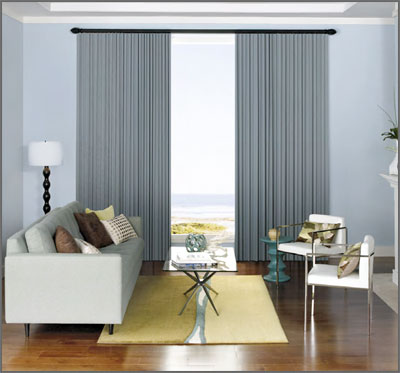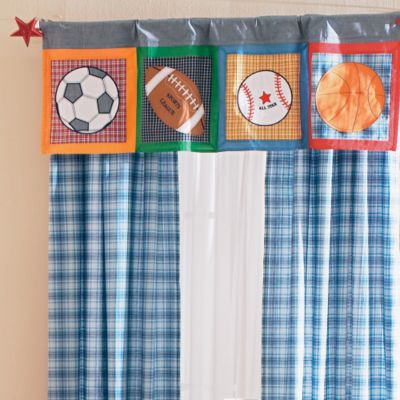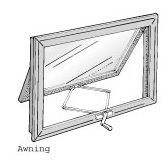Related Posts

Window Hardware Guide and Ideas
The article deals with various types of window hardware available...


Bedroom Window Treatments Ideas
Decorating the windows is necessary as it changes the overall...














